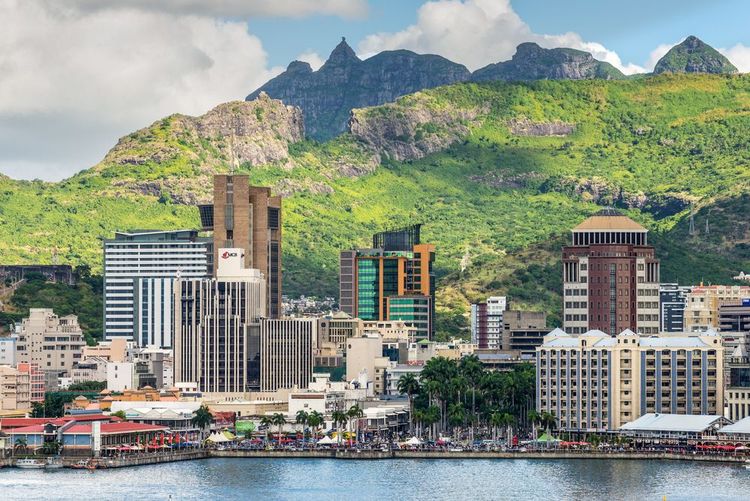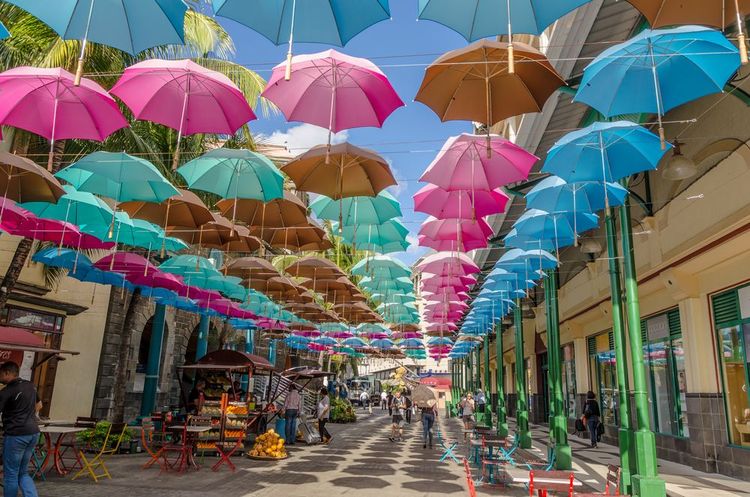A cosmopolitan capital, Port Louis was founded in 1735 by the French governor Bertrand-François Mahé de La Bourdonnais. As soon as you wake up, the city is buzzing on every street corner, lining up its small modern towers facing the harbour. It presents itself as a financial and administrative city in a beautiful tropical setting. Everything is mixed up in the capital: buildings stand alongside old Creole houses, spice stalls compete with the big, beautiful shop windows on the seafront.














